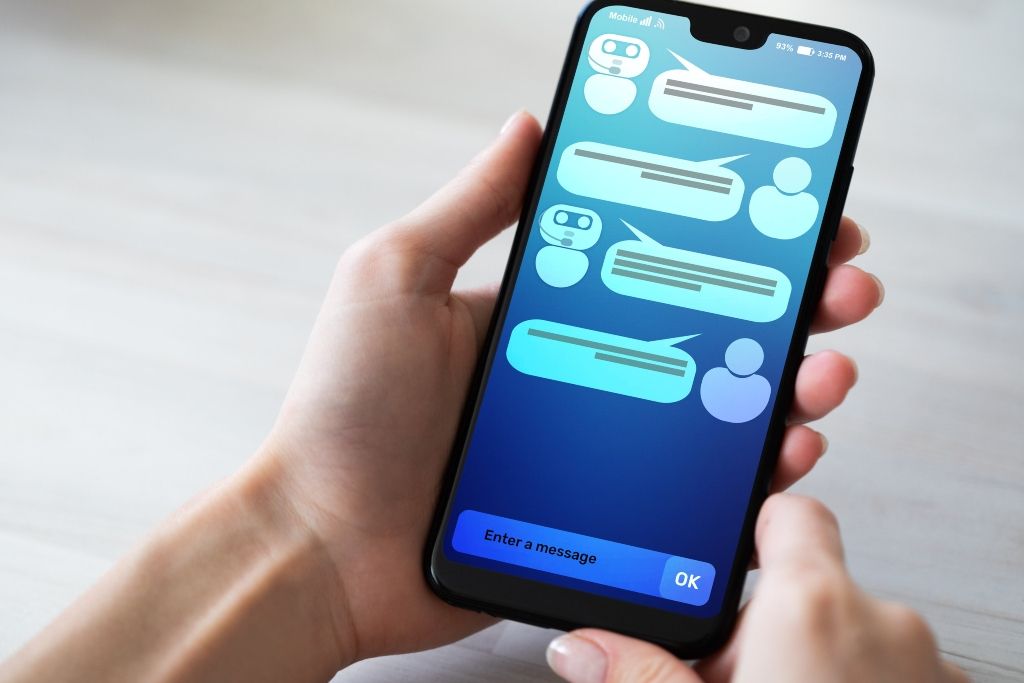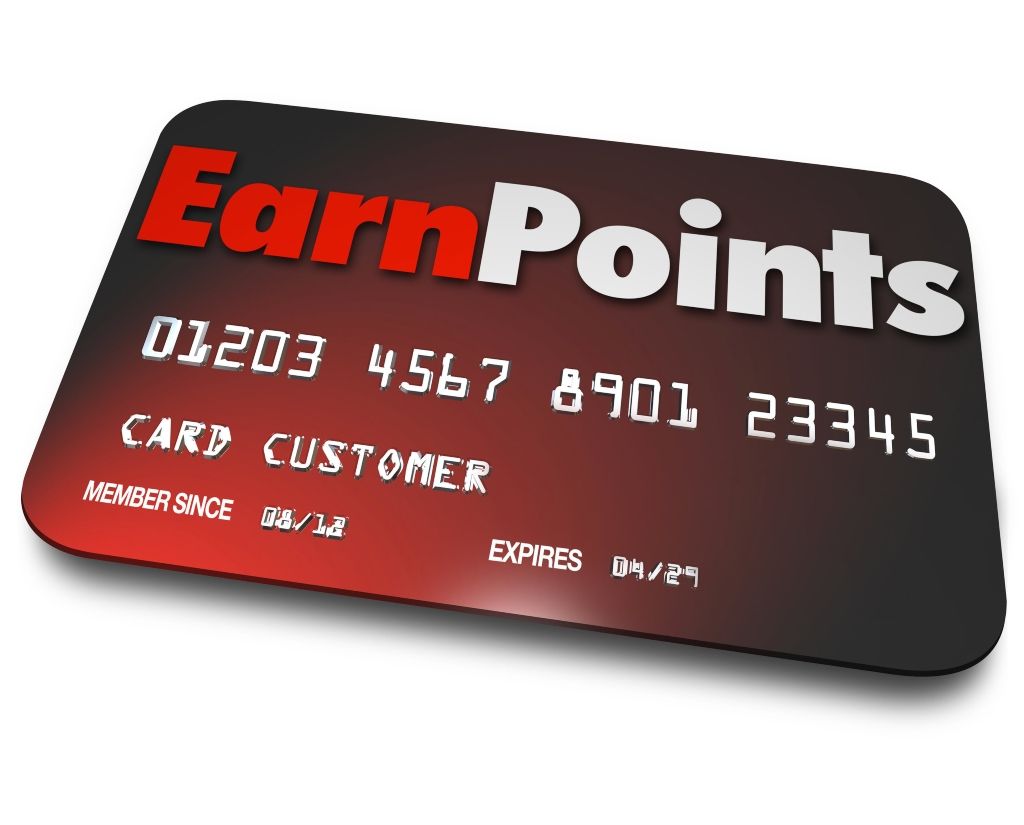How to Increase User Engagement in 2025 (15+ Strategies!)
User engagement levels are all about attention span.
And unfortunately, the average attention span of a human in today’s fast-paced world is shorter than a goldfish.
Yep. Goldfish.
As a result, SaaS businesses are losing droves of people to shiny object syndrome.
What does this mean for your business?
Well, it means you'll have to prioritize user acquisition and customer retention through compelling content and product offerings that have your audiences begging for more.
So let’s dive in and learn the tips and tools of keeping users engaged.
What is User Engagement?
User engagement is a broad catch-all term for anyone interacting with your brand.
And a marketing funnel is the best way to categorize your customers' digital engagement behavior.
- All Users (Top of the Funnel): anyone who has visited your website, content, or has downloaded your app.
- Active Users (Middle of the Funnel): this happens when a user takes meaningful action. Customer engagement metrics such as signing up for your newsletter or someone logging into your app are examples of active user indicators — of course, these can vary among businesses.
- Engaged Users (Bottom of the Funnel): represent users who have taken more actionable steps to engage with your content or products by making a purchase or visiting your site or app (weekly or daily).
Why is User Engagement Important?

User engagement is the metric that indicates customer satisfaction with your products or services.
And an active user is a valuable asset that translates into higher conversion rates and revenues.
Investing in your engaged user translates into repeat customers, referrals, and higher subscription levels.
To quantify this point, let’s look at data compiled from Invesp that shows the costs of acquiring a new customer versus retaining an existing one.
- Existing customers are 50% more likely to try new products and spend 31% more when compared to acquiring new customers.
- When you increase user retention rates by 5%, you will see increases in profit from 25% to 95%.
How Can You Measure User Engagement?
Let’s explore customer engagement strategy metrics that gauge your audience’s involvement.
Pageviews
Pageviews in Google analytics measure how many times a visitor has viewed page content on your website.
But, keep in mind that Google counts a page refresh as a new view which can be misleading. However, pageviews are still a solid indicator of customer engagement — as long as you factor this into your equation.
Time On Page
The average person spends 5 minutes reading a 1500 word article from top to bottom. And logically, if that person is staying for the whole 5 minutes, then you can consider them actively engaged.
Google analytics measures time on a page via a timestamp. Check out the following post to explore this engagement metric further.
Bounce Rate
A bounce rate is how quickly a person leaves your online page — measured by the number of single-page sessions divided by the entire session duration.
And interestingly, bounce rate is inversely related to time-on-page.
When a person leaves your web page quickly (high or increased bounce rate), their time spent on your page decreases (low or decreased time-on-page).
Conversion Rate
A conversion rate represents the action of website user engagement — like signing up to be on an email list or becoming a subscriber, leaving a review, or ultimately purchasing a product from you.
You can set up a conversion rate based on your user engagement metrics in Google Analytics.
How To Improve User Engagement
The following list gives you tips to improve your audience’s interactions.

1. Wow, Users Right Out of the Gate
User onboarding is the first place your audience interacts with your product in a hands-on way.
Like the honeymoon phase of a relationship, you will find your customers highly motivated to interact with you — so be sure to initiate the “wow” that makes your product unique upfront.
2. Make it Personal
Beyond adding your client's first name to an email marketing campaign, you can further personalize your customer’s first date with you.
Options like event-driven marketing automation or offering a personal onboarding user experience can be the vehicle that deepens and nurtures your relationship with them.
3. Be Aware of Your Users
Segment your customers into engaged and inactive users. Paying close attention to the needs and desires of each group shows you care and allows you to position your messaging accordingly.
Meeting your customers where they are in the process without overwhelming them with what they don’t need will be time well spent.
4. Create Engaging Content

The average person’s attention span in the year 2000 was 12 seconds, and in 2015 it clocked in at 8.25 seconds. Today it still hovers around 8 seconds.
What does this mean for content creation?
You will need to utilize a variety of forms that are meaningful, helpful, and engage your audience consistently — content examples include blogs, podcasts, or videos.
5. Roll Out Product Features Gradually
Bombarding your customers with lengthy product upgrades reduces user behavior that creates engagement.
And of course, you can upgrade your software and hope your customers learn how to use it inside the app — but is that a gamble you want to take?
Instead, roll out tooltips in the app and include content through other channels like blogging and email to introduce your product enhancements.
6. Use Triggered Messaging
Triggered messaging goes beyond the welcome message a new user receives when downloading or purchasing your digital product.
You can message a customer based on event-driven tasks.
As they progress through your app or software, elevate your customer service by communicating with your audience and showing them you care about their success.
7. Create a Flawless User Experience
How do you know if your user’s experience is seamless?
By quantifying customer interaction with your content, website, landing page, or app engagement — you begin to know how satisfied your clients are with your products or services.
Running a Conversion Rate Optimization (CRO) will allow you to gauge whether or not your audience is taking the action steps necessary to facilitate a conversion.
8. Implement Omnichannel Experiences
An omnichannel marries the perception of product and content marketing efforts.
Creating a seamless transition between market messaging and product presentation allows users to stay on task and have fewer distractions.
Ensure that no matter where a customer interacts with your content, products, or company, the user experience looks and feels the same.
9. Use In-App Chat Interaction

Enabling your software with an in-app chat option allows engaged app users to get support when they feel stuck.
An in-app chat feature is a fantastic opportunity to understand what’s working and what’s not.
Lastly, in-app chats offer a wealth of customer feedback that continuously allows you to fine-tune your product offerings.
10. Engage With Your Users During Free Trials
Customers are the most attentive here because they are scanning the marketplace to see what works.
Take this as your cue to engage with them as if they were a brand new customer.
A marketing strategy that includes free trials is an opportune moment to create buzz about your product and incentivize them to convert into customers.
11. Utilize Video Tutorials
SaaS companies educate their audience via guide books, ebooks, and blog posts. However, these are not fool-proof ways to deliver content — you can still rapidly lose customers to distraction.
By utilizing video tutorials, you personalize experiences and gain an emotional connection to your customers. Just be sure to keep your videos short, concise, and engaging through storytelling.
12. Use In-App Feedback Surveys
Embedding a survey via an in-app feature pays off in many ways.
First, an in-app chat allows you to target the right person at the right time.
Secondly, they facilitate product fine-tuning because the feedback is relevant to the software in use.
And lastly, surveys within your app create more custom opportunities for serving your customers in a timely fashion.
13. Implement Gamification

Savy SasS companies utilize gamification to motivate their audience towards specific actions to combat low customer interaction.
Gamification design includes awarding badges to complete milestones and rewarding customers with points to discount their memberships or apply to other enhancements.
(Pro Tip: With so many people ditching desktops for mobile devices, consider creating a gamified mobile app to increase user engagement.)
14. Reward Loyal Customers
Your engaged customers are a valuable asset because they express brand loyalty and do your marketing for you.
Don’t be shy, engaging with them.
To promote customer loyalty, include them first in new product roll-outs and features, and utilize them in your beta-testing phase because their feedback can fine-tune your products.
☝️Check out our guide to loyalty programs to learn how they can amp up your customer loyalty.
15. Upsell Existing Users
User acquisition costs 5x more than investing in an existing user.
Your engaged users are your target audience and should be the first people you reach out to with new products or enhancements.
In addition, this marketing retention rate strategy can alleviate customer churn, ultimately resulting in revenue growth.
16. Get Rid of Needless Features
When your analytics show specific product features being ignored by engaged users, you will want to see if the product can live without it.
Of course, this can be hard, primarily if you’ve invested a lot of time and effort in creating the feature.
However, any drag on the existing software can equate to product debt.
Streamlining your software translates into a smoother customer journey.
User Engagement: The Key to a Thriving Business

Remember the goldfish’s attention span being somehow more remarkable than a human’s?
While hard to believe, diminishing focus amongst adults and children is sadly true.
Fortunately, you can outsmart the average person and create a distraction-proof customer experience that not only captivates your audience but has them becoming your loyal fans.
Now step up and become your customers’ most talked about software or service.
A certified content marketer with Smart Blogger, Kris Freeman, knows how to please the ‘Google Gods’ so that your content gets noticed, is cool to read, and starts to rank in Google. As a business owner, Kris has seen firsthand how mediocre businesses become unstoppable pursuits when Google starts to consider you relevant. You can find more of Kris's work at kriscfreeman.com or at her personal blog.